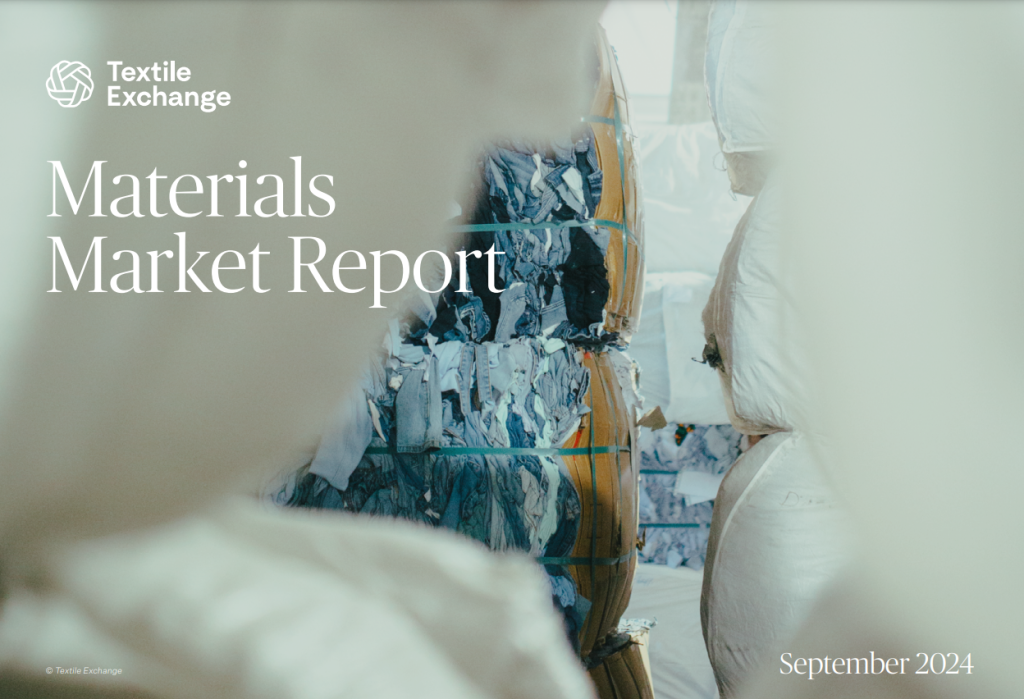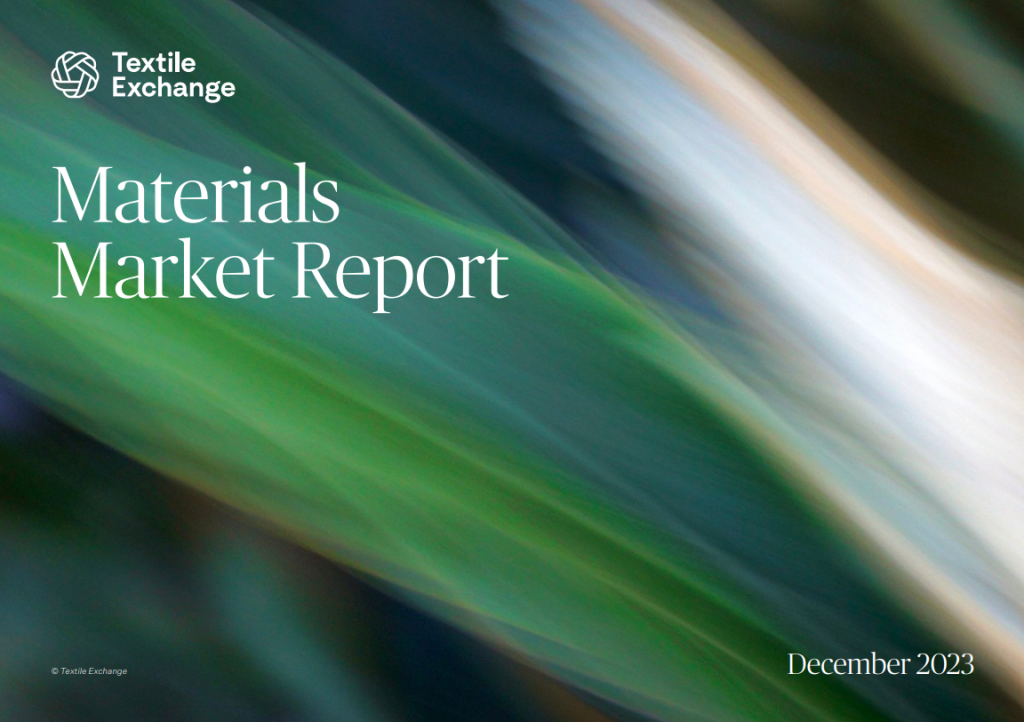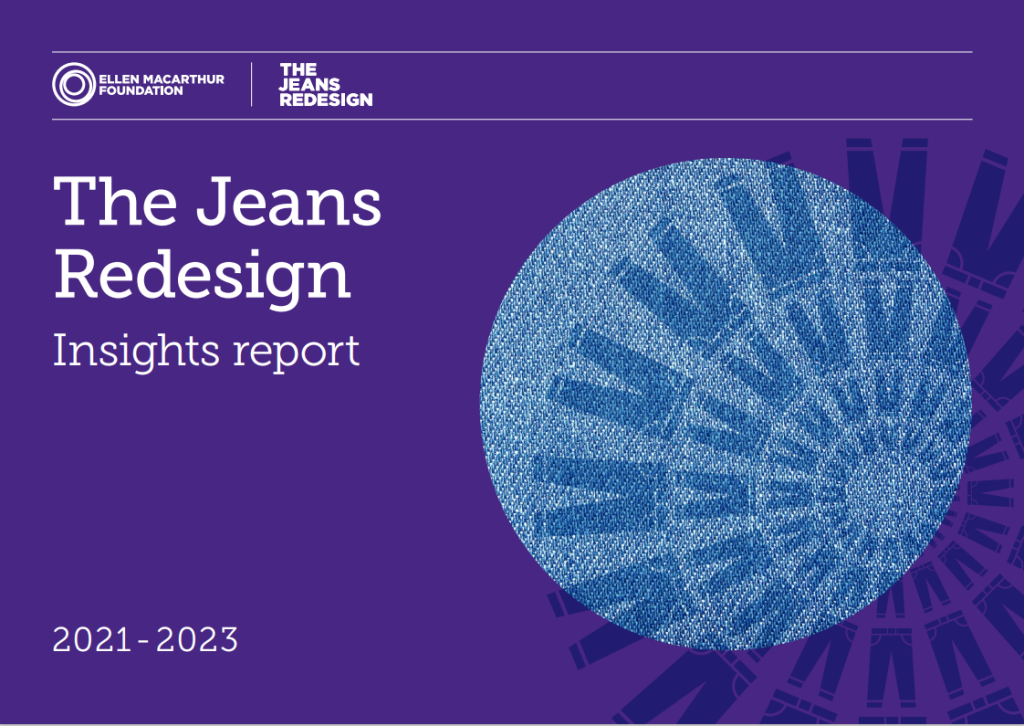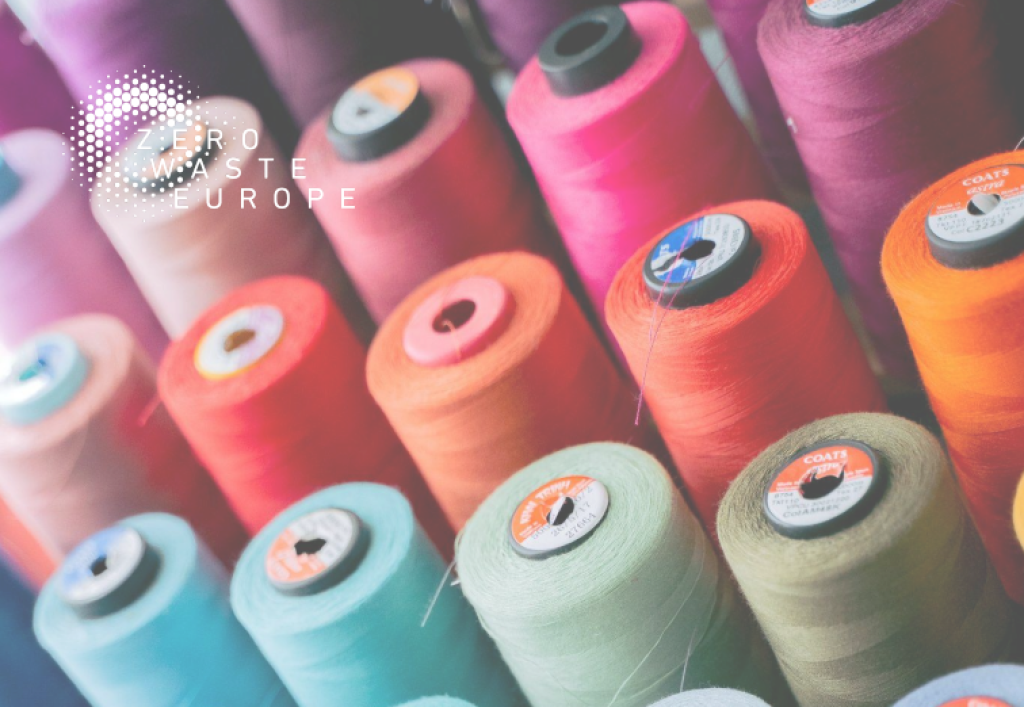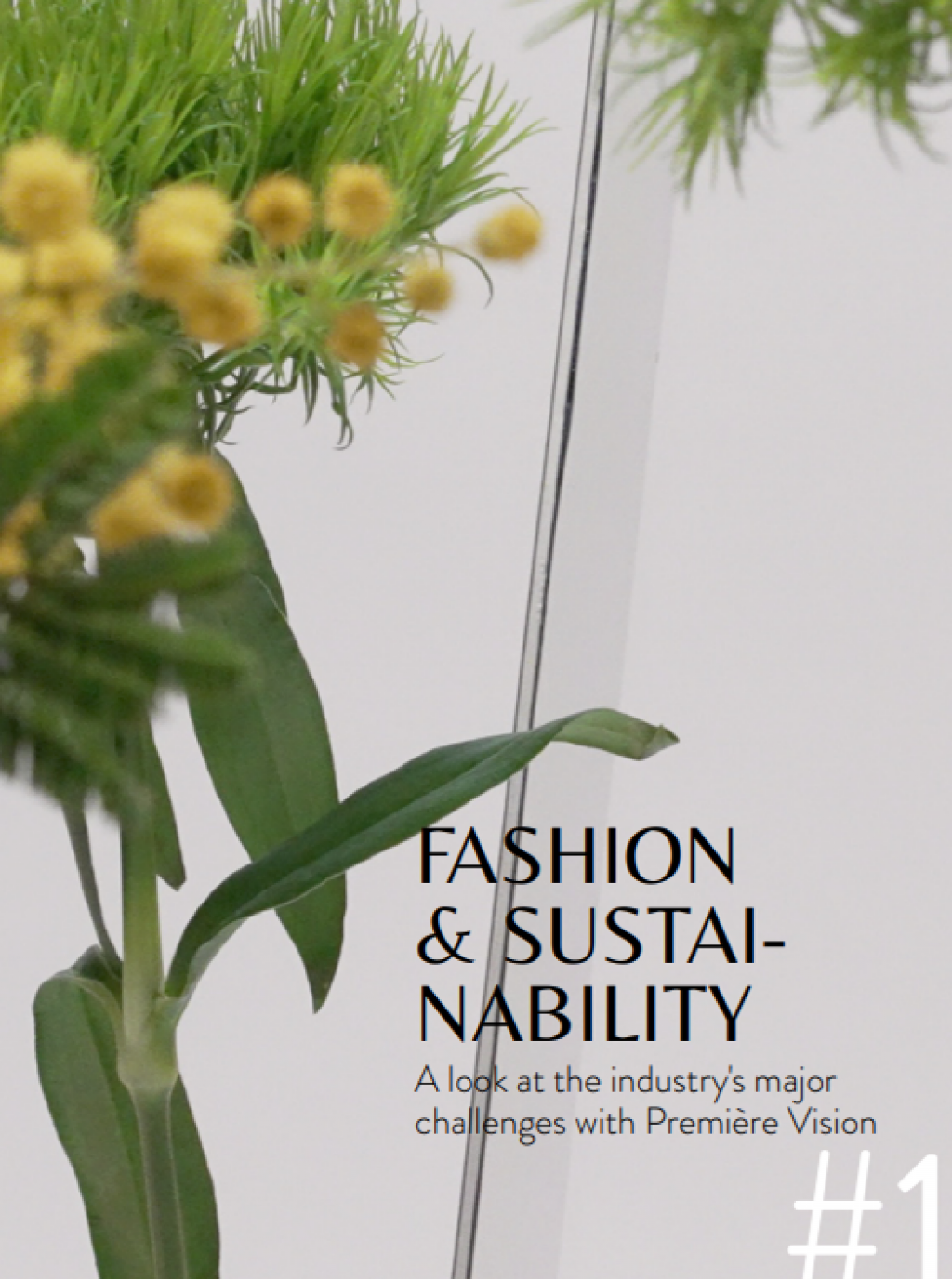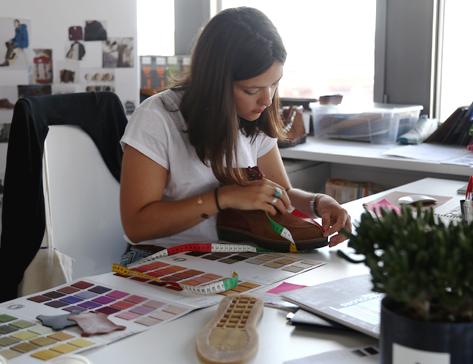
Can you briefly describe your approach?
Since 2009, we have wanted to unite fashion and accountability around a brand, by marketing a product that is both attractive and environment-friendly. This is how Faguo, the “positive carbon” brand was born. In February 2020 we were the first fashion brand to have adopted a mission-based company status. We were able to make our “raison d’être” legally official, i.e. to engage our generation against climate change thanks to 5 levers for action:
-
Measure carbon emissions;
-
Reduce our carbon emissions;
-
Offset our carbon emissions;
-
Ensure transparency about our products;
-
Assist our customers in adopting healthy fashion practices and trends.
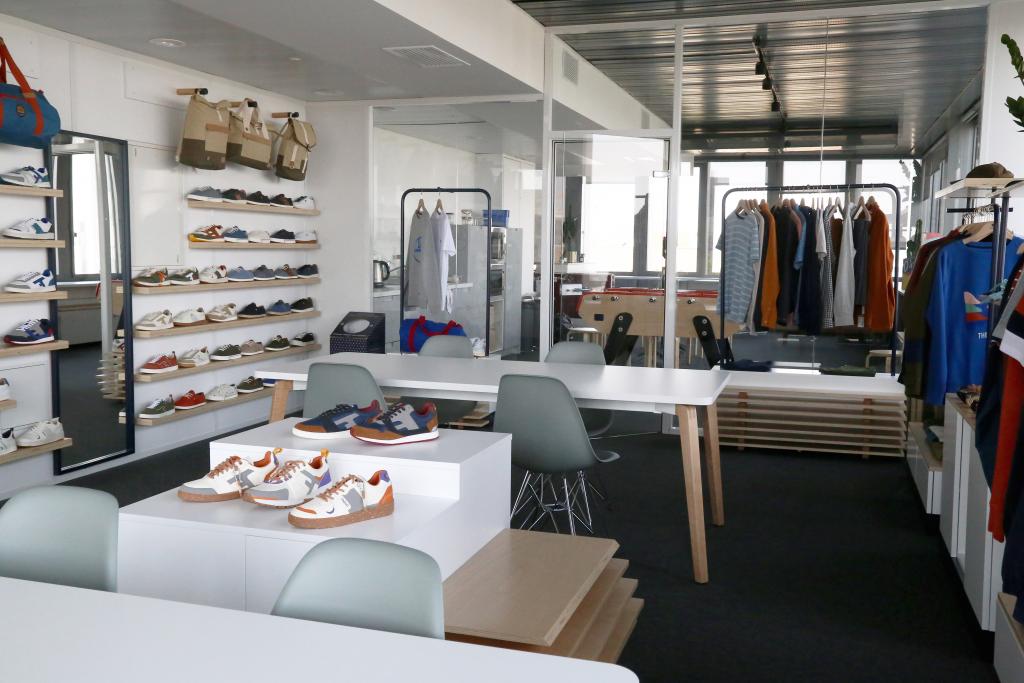
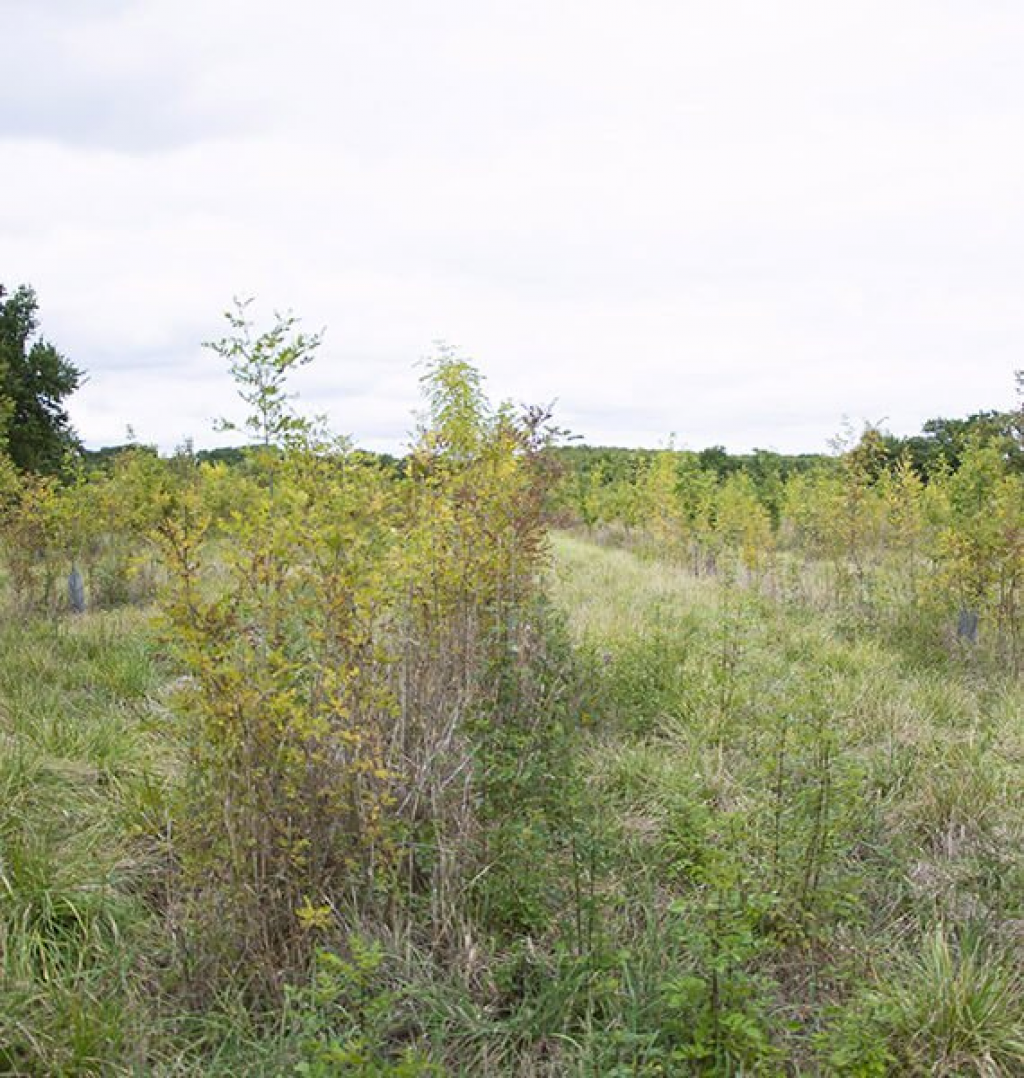
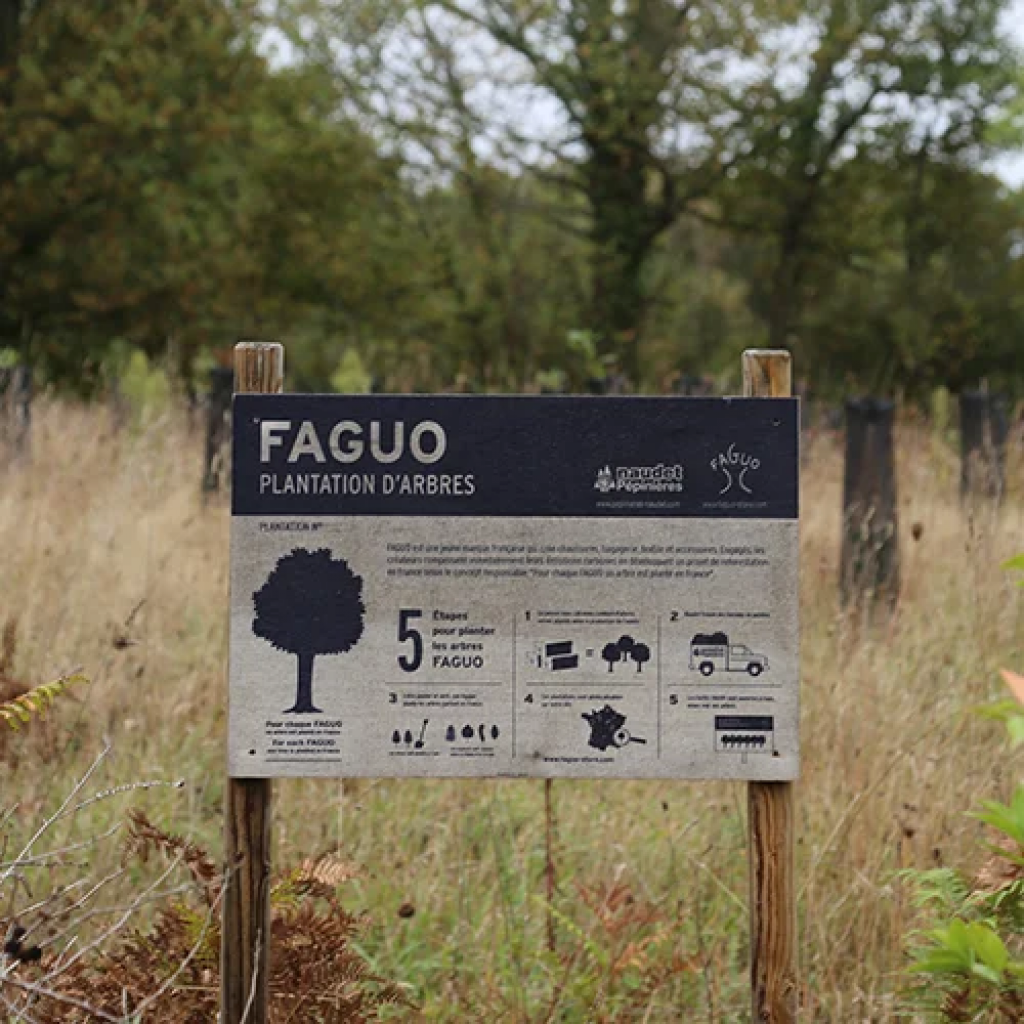
What working method did you use? What were its different stages?
Faguo was created as an engaged brand.
Right from the first year, we carried out a provisional carbon assessment for the business. To do this the GoodPlanet Foundation helped us, using the ADEME’s calculation methods. In 2009, we were at 9.2 kg CO2 equivalent per unit produced. In 2015, we were at 6 kg CO2 equivalent per unit produced, i.e. a decrease of 30% in our carbon emissions. We’ll soon have the carbon balance for 2020. When we filed our statutes and manufactured our first pair of shoes, we had a clear insight on our impacts (air pollution, water pollution, waste production, etc.) and we implemented remedial actions right from the start (use of water-based glue, transportation using barges, work on packaging, etc.).
One of our flagship initiatives is Faguo Forests. For each Faguo product purchased, a tree is planted in France. “Faguo Forests” exist everywhere in France and can be located on this map. Since 2009 more than a million saplings have been planted. To do this, we worked with a nursery gardener, Naudet, who provided its expertise and manages the Faguo forests: locating adequate sites to accommodate a Faguo forest, selection of tree species suited to the site’s climate and typology, signature of a contract with the person or local authority where the Faguo forest is located, planting and forest management.
Today we are in a continual improvement process as we understand the stakes better now than ten years ago: we undertake carbon assessments every 5 years, trees are planted, and we’re improving our reduction in carbon emissions every day (100% renewable electricity in our offices, installation of clothing and footwear collection bins in our shops for recycling, etc.). Our target is 4 kg CO2 equivalent per unit produced for 2020 for all of our initiatives.
Did you encounter any obstacles? And if so, which ones?
Today we don’t have enough human resources to source all the materials we use.
In addition, financially, it’s difficult for our products to be 100% recycled because the textile recycling sector isn’t developed enough: using recycled materials is currently more expensive that using raw materials.
Today our collection contains 65% recycled materials: such as trainers designed by FAGUOU RECYCLED LAB that contain recycled leather, polyester and rubber and the Faguo clothing range that integrates a large amount of recycled cotton and polyester.
Research and development is also necessary to demonstrate that clothes made from recycled materials are just as robust as clothes made from virgin materials. It’s currently impossible to make clothing that is made from 100% recycled cotton. It would be too fragile. We’re therefore obliged to use a mix of virgin and recycled cotton (30% recycled cotton and 70% virgin cotton).
What were the levers for success?
One of strengths is the message we carry through our transparent approach. We go beyond clothing. We try and provide guidance to consumers.
We also have an excellent relationship with our suppliers who we push to surpass themselves on issues such as durability via our demanding specifications.
Are you looking at ways to improve?
It should be understood that today’s clothing is the source of tomorrow’s clothing. In France, more than 600,000 tonnes of CLF are placed onto the market every year and hardly more than 200,000 tonnes are sorted and recycled.
For 2021-2023 our main objective is “design to recycle”, or how to design products that can be recycled as much as possible.
There’s also a “design to repair” issue, i.e. designing products by anticipating the parts that most frequently wear out and thereby introduce a concept of repairability in our product design.
In 2021 we would like 80% of our products on sale to be made from recycled materials. This percentage is growing year by year: ultimately our aim is for our collections to be made from 100% recycled materials giving maximum priority to single material goods.
Thank you Nicolas Rohr, Founder of Faguo.
Contact : contact@faguo.fr


